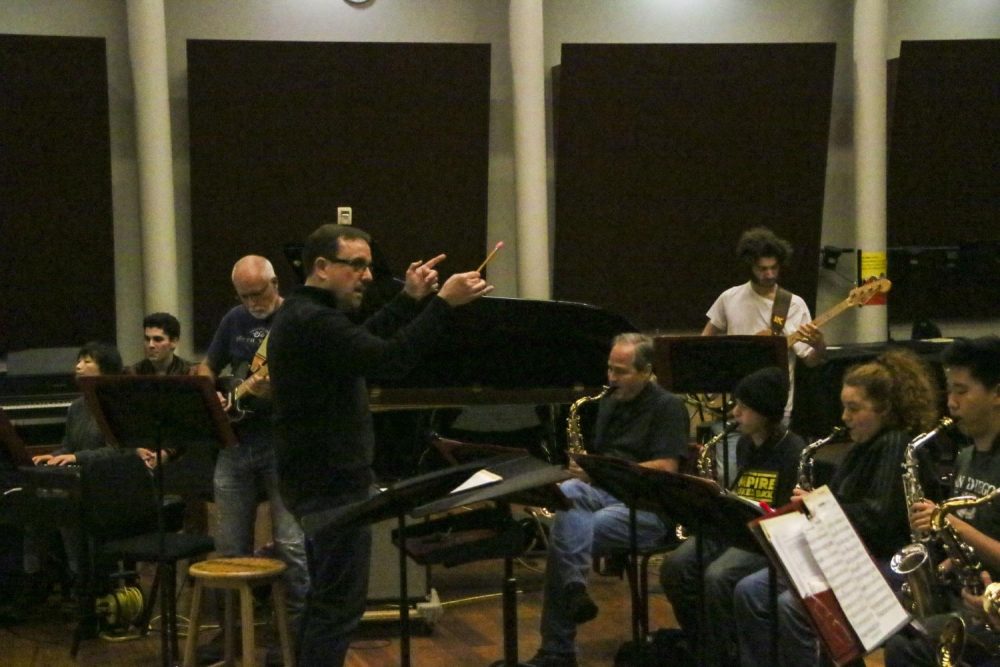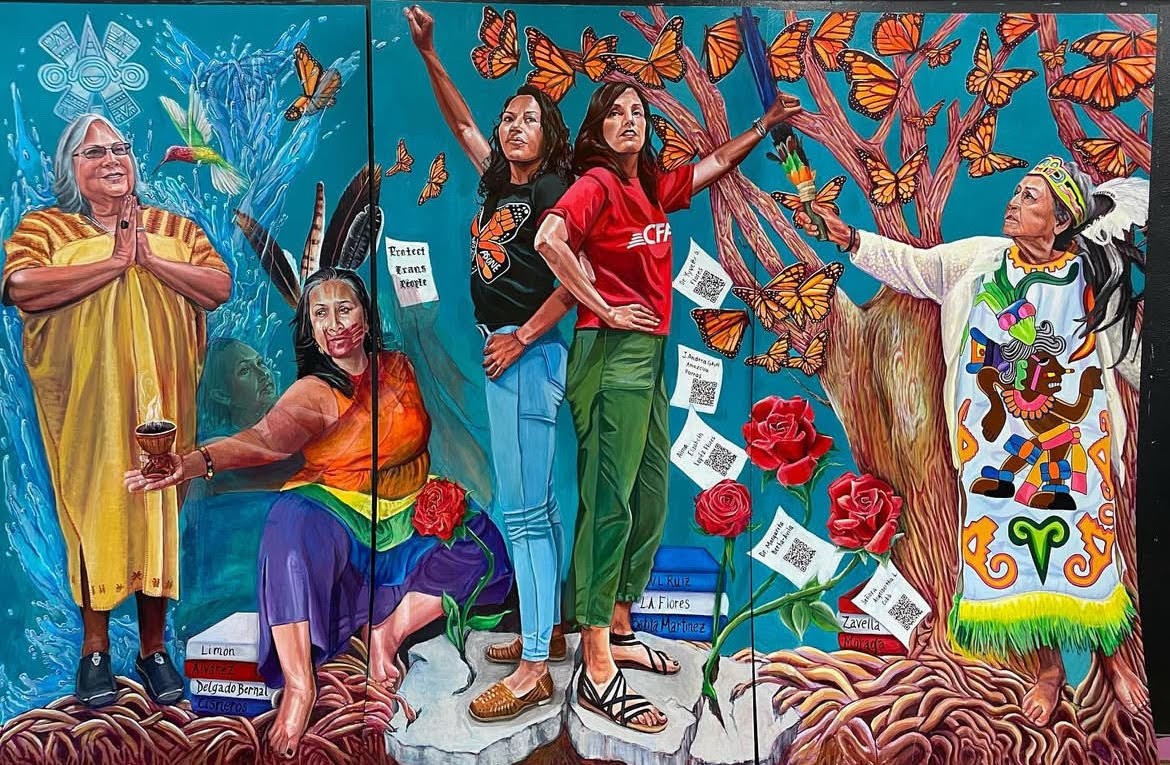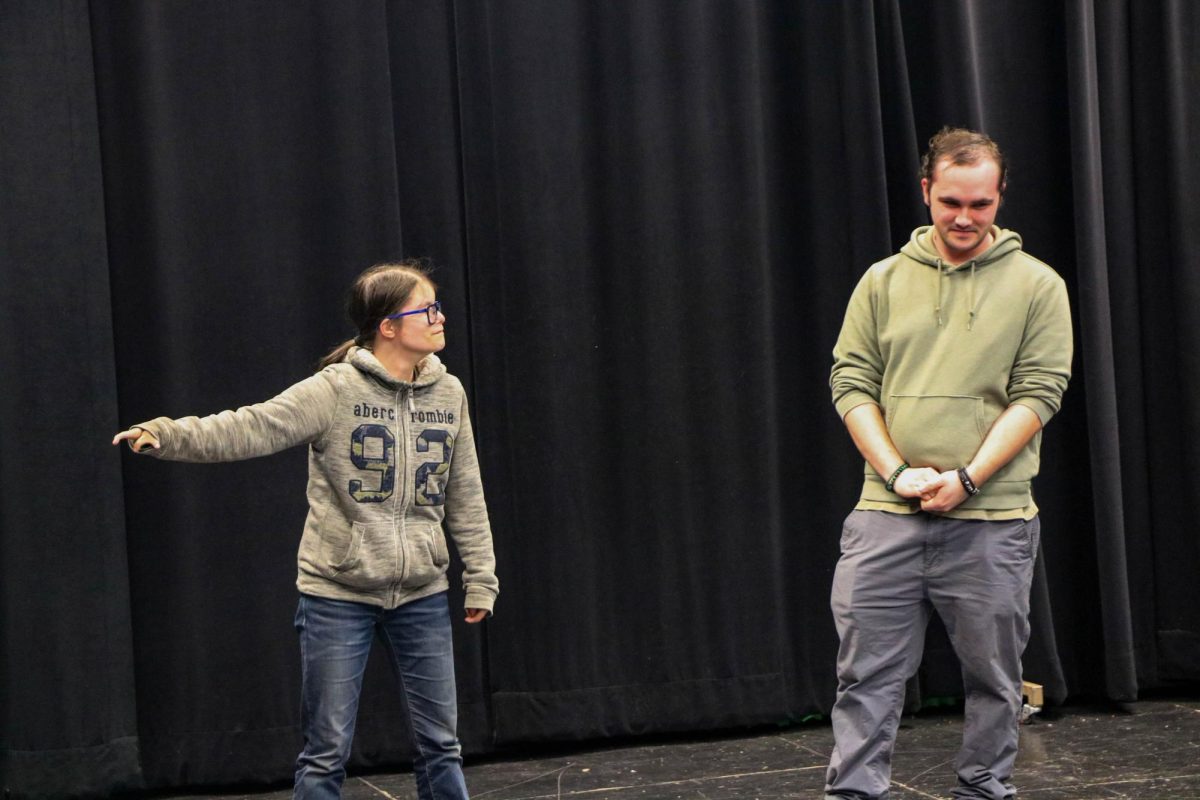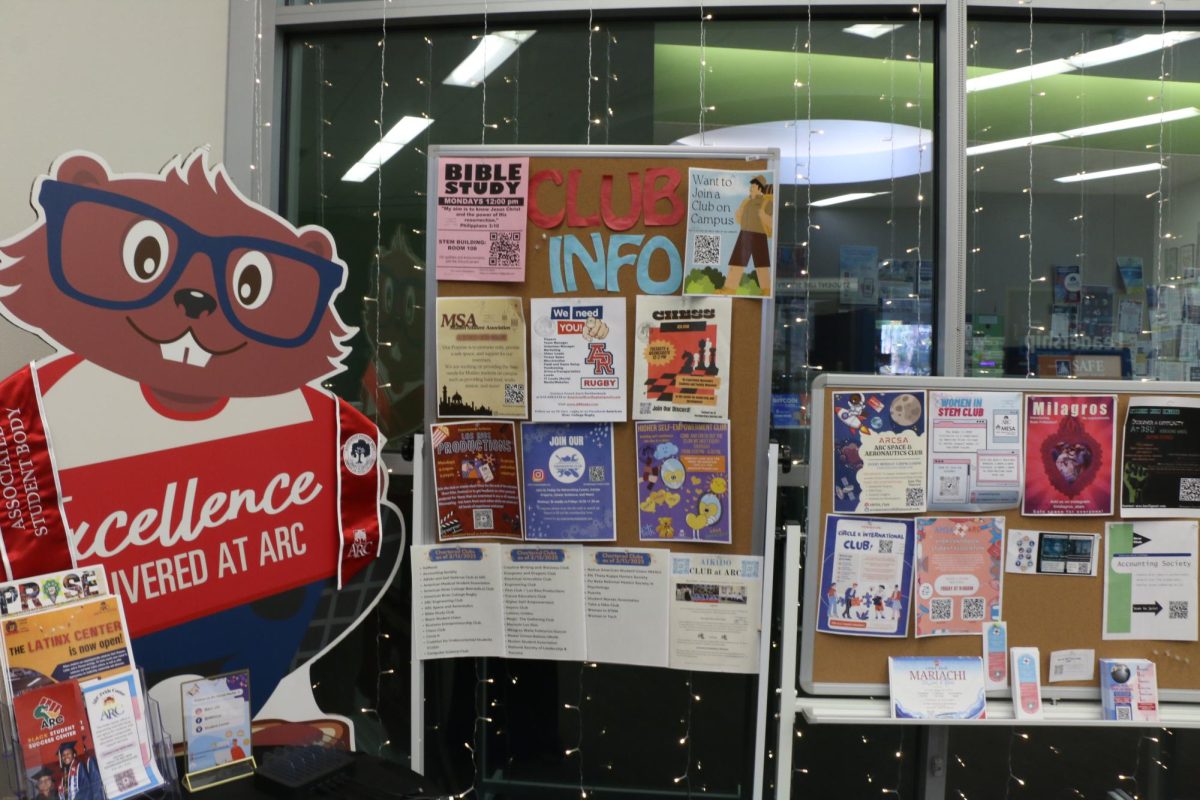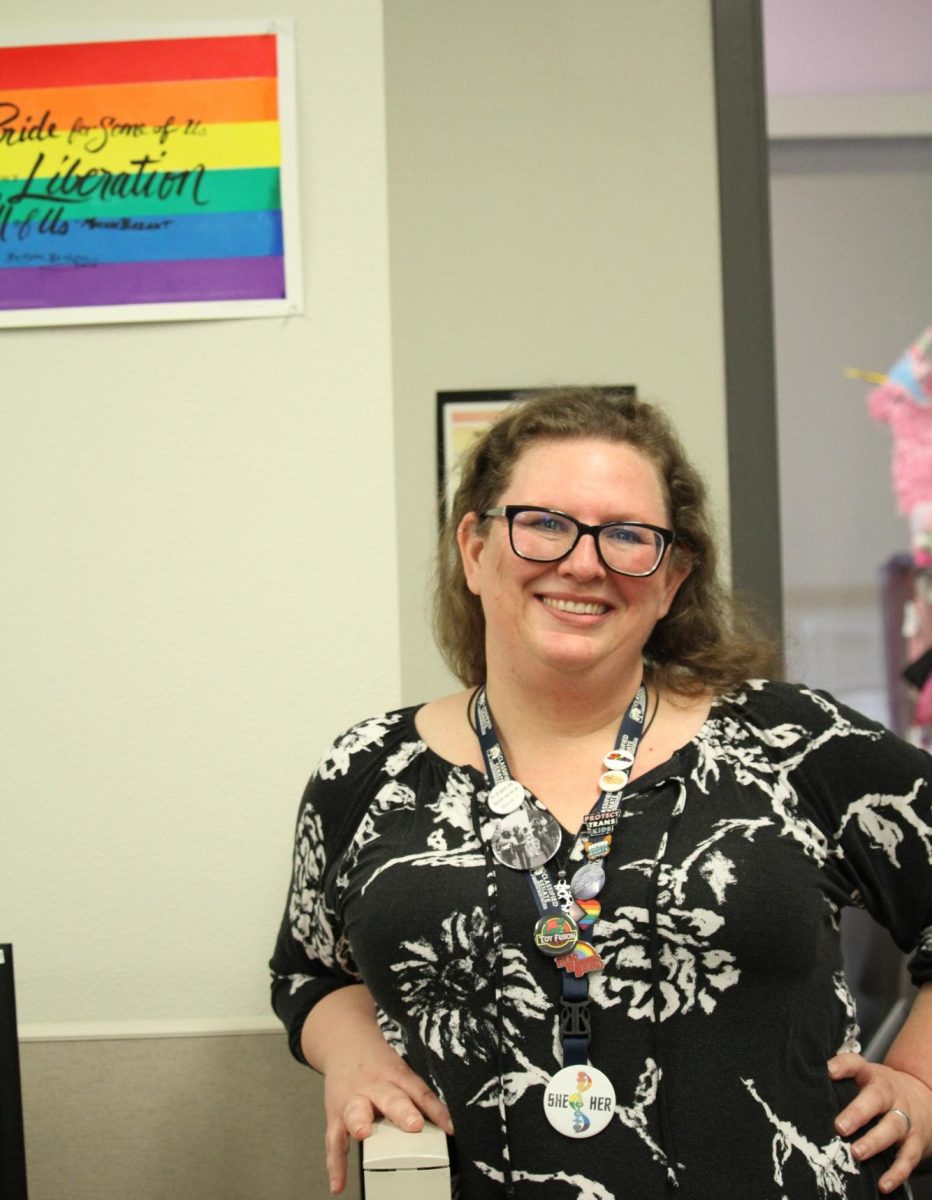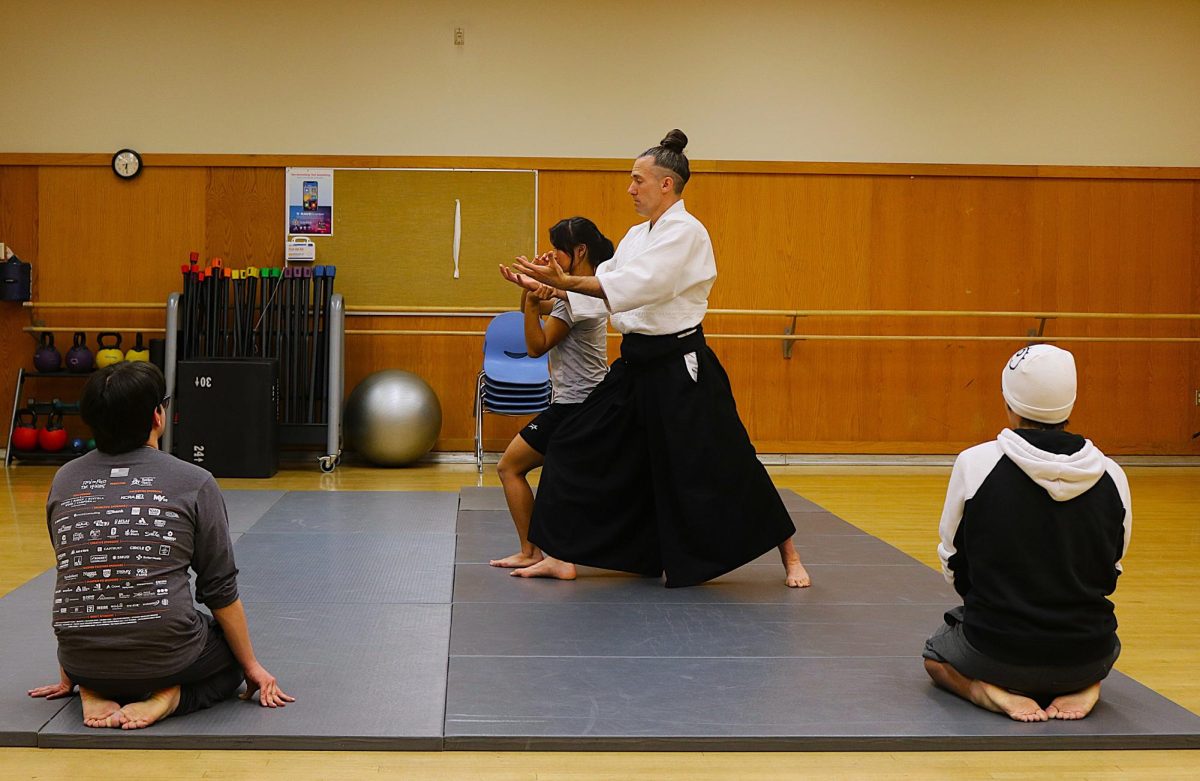Duke Ellington put the world “In a Sentimental Mood” in 1935, Clifford Brown and Max Roach took on “Jordu” in 1954, Miles Davis released his critically acclaimed magnum opus “Kind of Blue” in 1959, and John Coltrane kicked a heroin addiction while hearing the voice of God before delivering “A Love Supreme” to the masses in 1964.
With each date provided, time seems further away from the present. It’s not a wonder that many speculate about the current state of jazz and feel that the genre of music is dying. Many critics say the genre had its heyday and is in a decline. John Gennari, jazz critic and author of “Blowin’ Hot and Cool,” and a number of other jazz centric literature, documents the history of the music from its origins, and is one of those that confesses that jazz is from another time.
“Jazz is written in the vinyl groove; it’s written in the rich oral tradition of jazz talk—an endless evolving argot which in the 1930s and ‘40s spoke of pianists’ “ticklin’ the ivories” and drummers’ “strokin’ the hides”—into epic tales of communal ritual and individual heroism,” Gennari wrote.
Professor Dyne Eifertsen, music department chair at American River College, and the music department team are contributing to sustaining genre by teaching a number of classes, enriched curriculum, and highlighting the genre’s cultural significance to students as well as the surrounding community by scheduling jazz performances.
He wants to expand efforts to revitalize the conversation of jazz and of traditional music and also reintroduce the music to the student body while highlighting the music department’s role in sustaining jazz in a new day of age. This means impromptu pop-up performances and jam sessions.
“One of the things I’m trying to do right now is [to] get us to perform on campus more,” Eifertsen said. “We’re starting a concert series at least twice a semester to go down to play at the Student Center. Whenever we go out and do that, we get a huge crowd and they are just loving it.”
The music department plans to be more public by getting to the people instead of the people stumbling upon them. They also want to do music that’s not watered down and recognizable meanings replicating the soul or emulating the artists’ emotions while covering popular classics. Doing so will open the music department up to other students on campus.
“It’s not just for the people who were in a band at any particular point. Many times people don’t know that ARC has a jazz band and events like such would be a serious recruiting tool,” Eifersten said.
There are a myriad of factors contributing to the decline, considering the rise of other genres like rock and roll, and the advent of television and home entertainment which made more stay at home instead of dancing out on the town at jazz clubs.
Many times younger generations of people, college students in particular, don’t have a full understanding of jazz and traditional music because there seems to be minimal visibility of the scene.
Daletza Benitez-Macias, music department instructional assistant, provided further insight to the state of jazz, and how various forms are being reintroduced for a younger generation of listeners.
“There’s so many different forms of jazz right now that are getting revamped. Latin jazz or fusion jazz, like Jacob Collier – he’s someone who is young and modern – and a lot of the young[er] generation[s] are getting into that form of jazz. Vocal jazz is popular; acappella, that kind of vocalised music a lot of people like to hear,” Benitez-Macias said.
Celebrities are also attempting to garner younger people’s interest in jazz. According to the website for Wynton Marsalis, the Grammy Award, Pulitzer Prize winner and artistic director of the Lincoln Center, for instance, has done much to promote music education by hosting children and teen music seminars, band competitions and continues speaking with business groups about jazz.
Eifertsen added that funding gets a bad rap for being the catalyst of the genre’s decline in schools, but getting people’s interest needs to change for the sake of survival, in which the sentiment was substantiated by Marsalis.
Jazz is America’s true art form tied to its history, and has many in the business fighting for its survival to be the soundtrack for stories of its past and future. The ARC music department has joined this effort with a variety of scheduled performances such as an Instrumental Ensemble concert scheduled March 12 in the ARC theatre and the 7th Annual, “Tribute to the War Years” concert in May.
“I think [the] jazz of today is not necessarily what jazz was in the ‘30s, ‘40s, and ‘50s. It’s more of a world type of thing. You can put anything into it and call it jazz,” Eifersten said. “That is what will allow the genre to transcend generations because you can broaden the definition of what the music is and simply call it jazz.”


